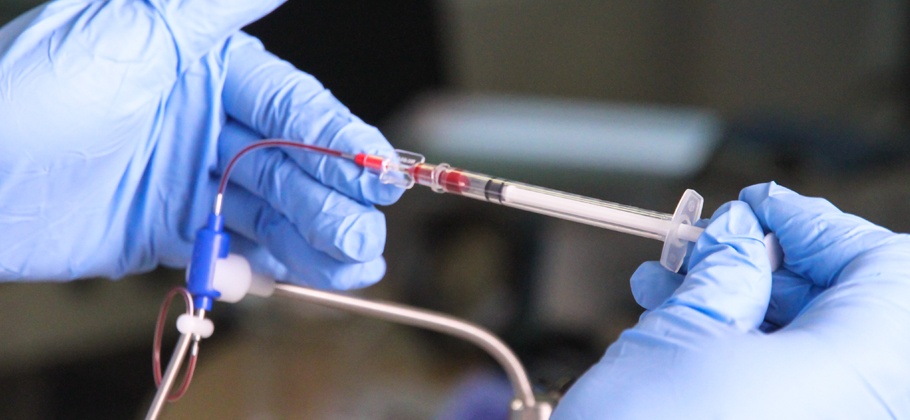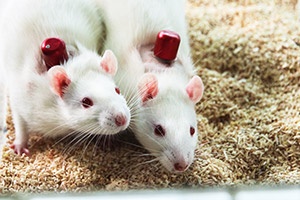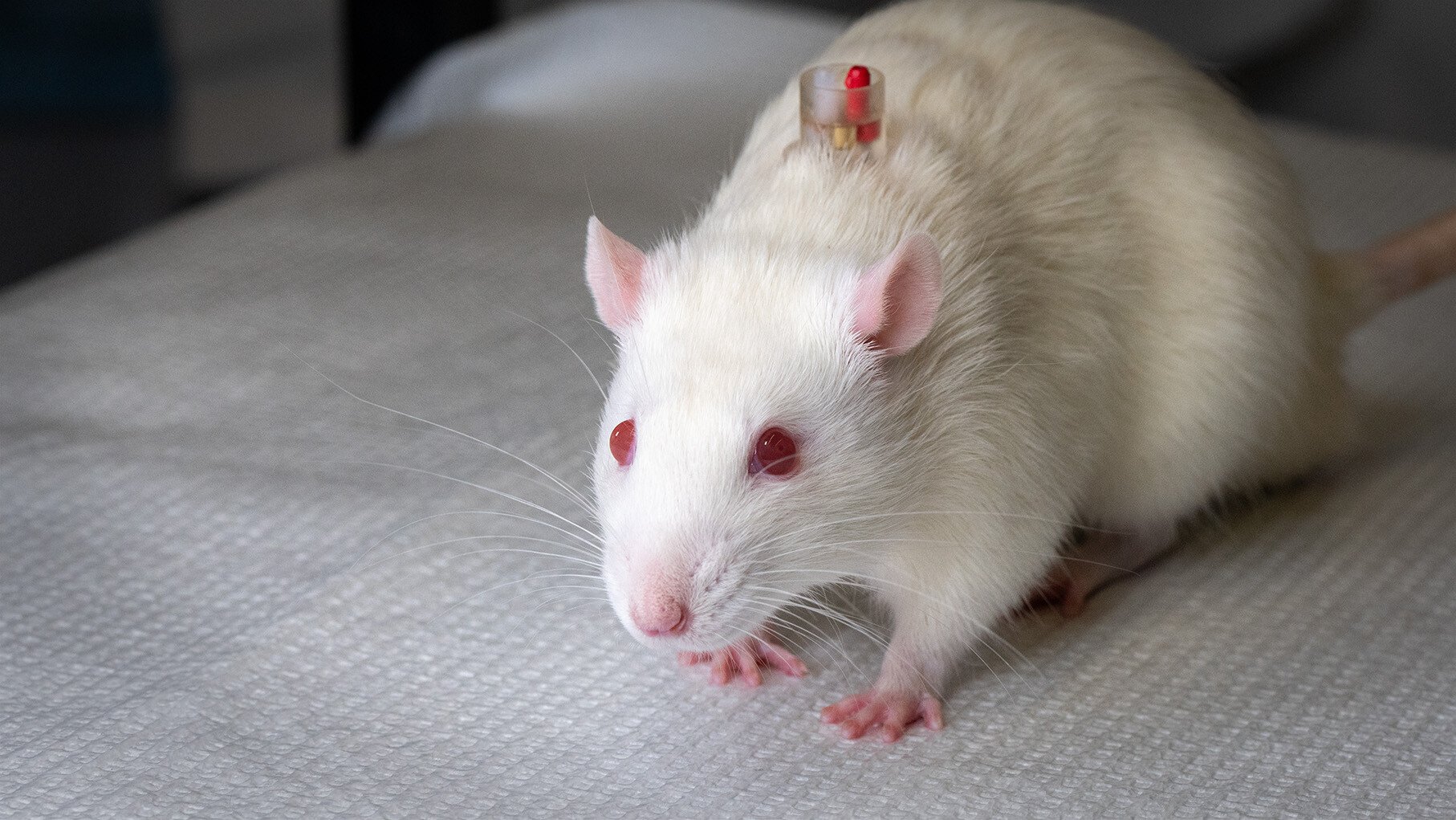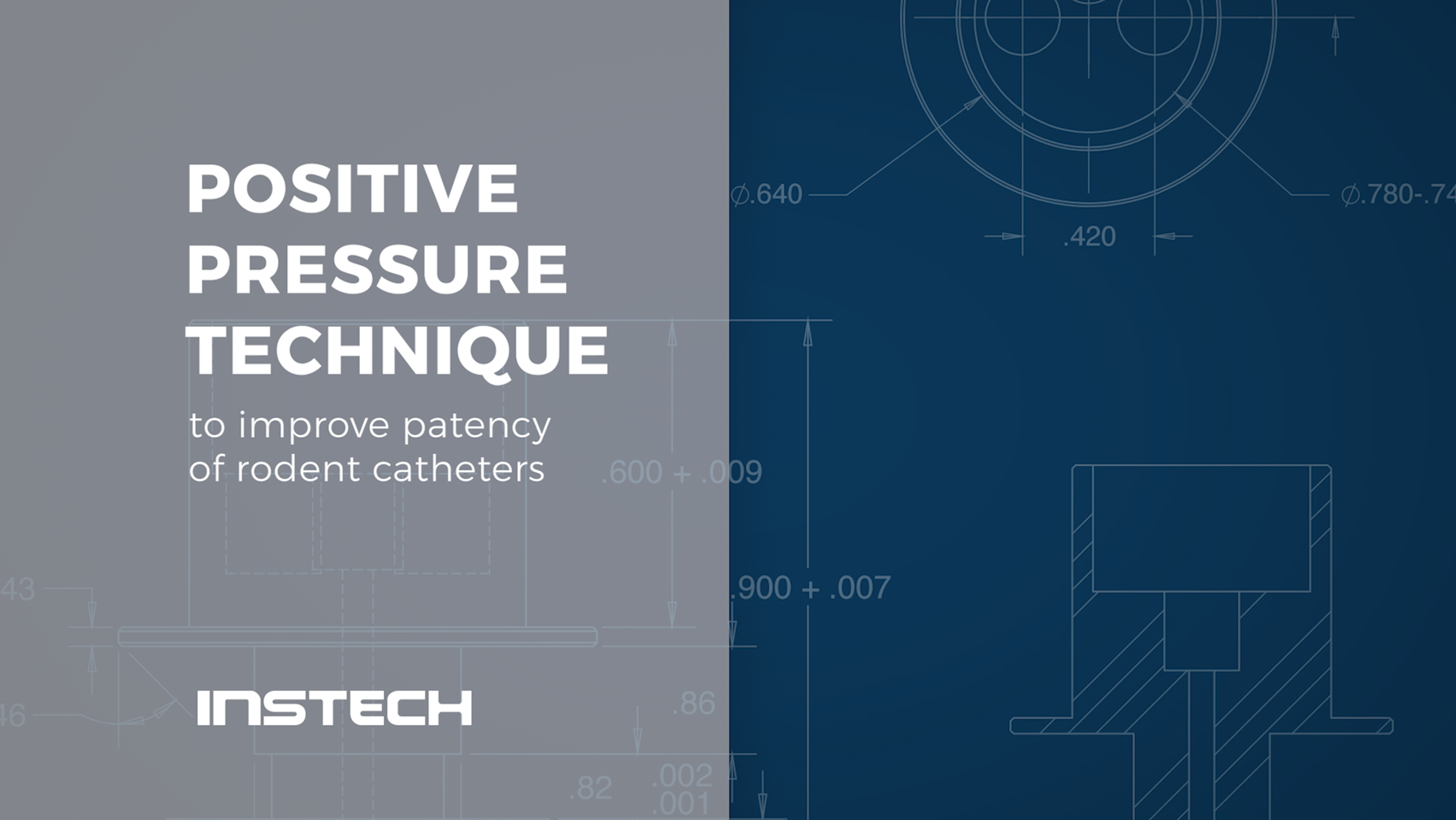Refine your technique to reduce stress and improve data

Are you worried that stress caused by your acute blood sampling technique could be affecting your data? Are your retro-orbital or sublingual samples contaminated with other fluids? Do you sometimes run out of room on the tail to collect later time points? Or are you concerned about the dangers posed by sharp needles and animal bites?
Using rats and mice with externalized catheters will get you nice clean venous or arterial blood samples and has never been easier. However, there are trade offs with a typical exteriorization: there is the stress and cost of surgery, animals need to be singly housed, the manipulation of plugs and blunt needles to take a sample causes handling stress itself, and catheter patency is often limited to a week or two.
 The solution to all of this is to use a good catheter exteriorization device with a tether and then take the sample outside of the cage: hands off blood sampling.
The solution to all of this is to use a good catheter exteriorization device with a tether and then take the sample outside of the cage: hands off blood sampling.
Scientists conducting glucose clamp experiments for diabetes research have long known that the stress of taking mouse tail vein samples has a huge impact on their data, and so they moved to this sort of system for sampling from conscious unrestrained mice. Likewise, NC3Rs, a leading resource for the welfare of research animals, recommends considering sampling from outside the cage when repeated samples are required, as is the case for most pharmacokinetics studies.
You can eliminate many of the trade offs by using a tethering system specifically designed for intermittent sampling. With our Vascular Access Buttons™, for example, you can group house animals while they are recovering from surgery or are not tethered. These buttons and mating tethers have ports which create a closed system and permit aseptic technique and positive pressure technique, both of which can greatly improve patency. Finally make sure the tubing in the external tethers is not permeable to air, otherwise evaporation will pull blood into the catheter tip and cause a clot.
The only significant trade off that should remain is the surgery itself. If you are already doing surgery for an IV dosing catheter, adding a second for sampling is simple (in rats at least) and so even this trade off would not exist for you. When you need repeated rodent blood samples, hands off sampling can be good for animal welfare and good science.
Hands off rodent blood sampling is a "Be Nice" technique! Learn more


